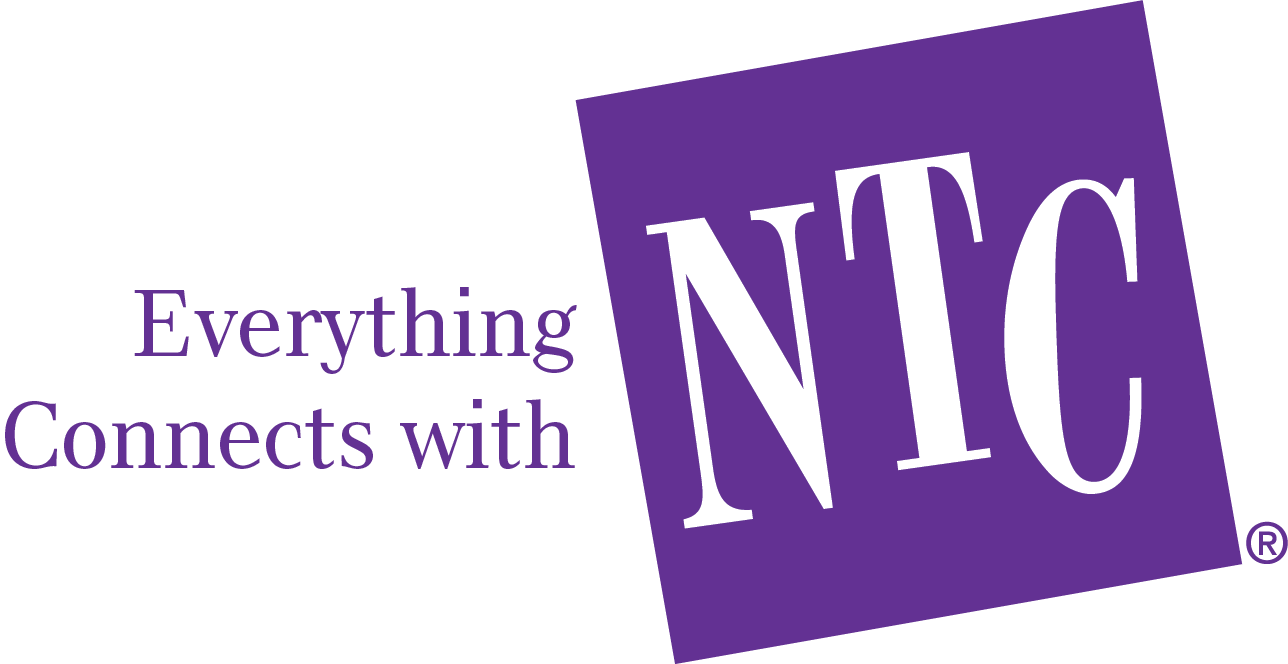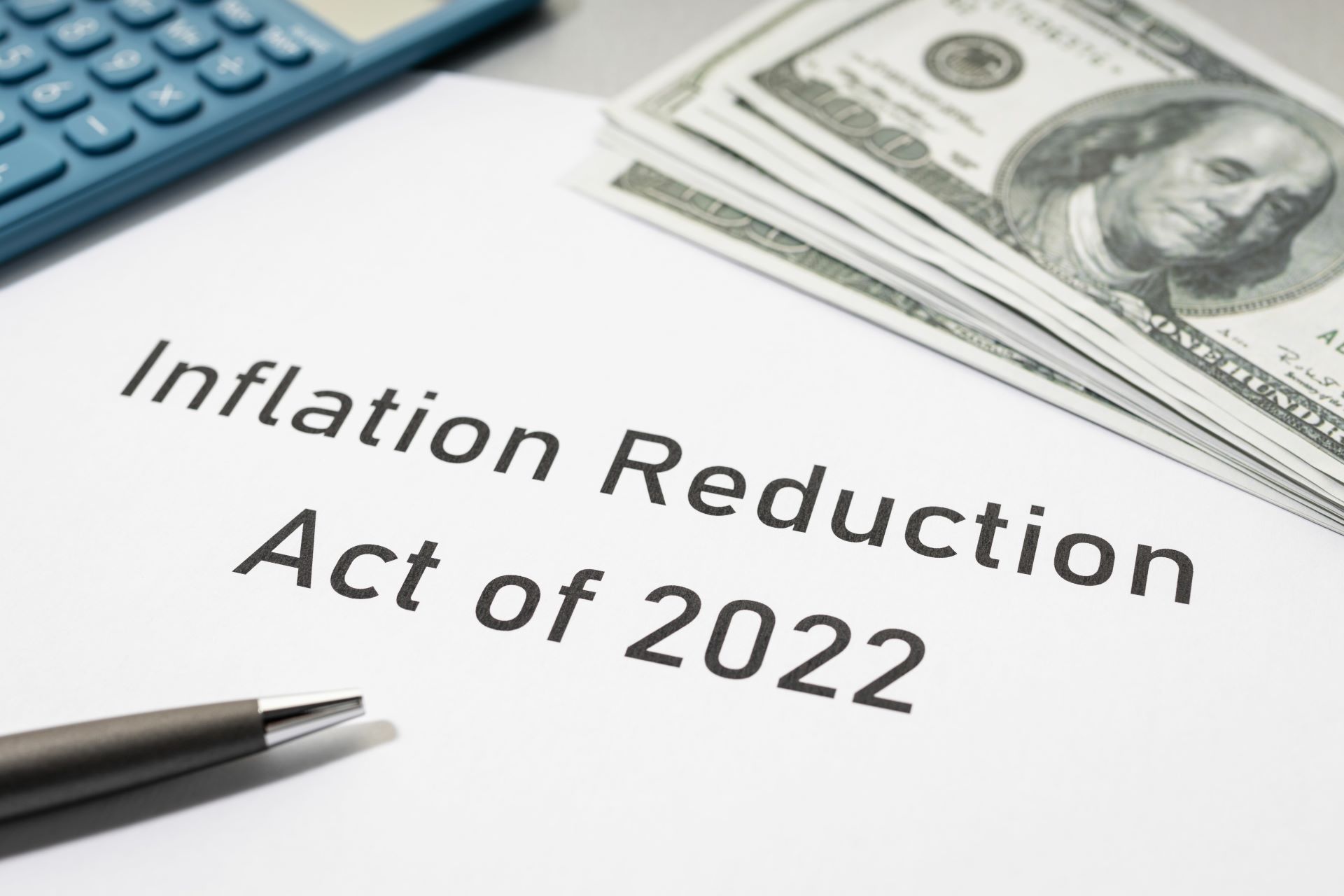Businesses can save a great deal of money by embracing sustainability and renewable resources. Still, the costs of initially embracing those technologies can be prohibitive for some small and medium size companies. Provisions in the Inflation Reduction Act though are set up to help businesses with these costs.
When looking at what the benefits of the Inflation Reduction Act for businesses are, it becomes clear that it opens the door for businesses of all sizes to improve their bottom lines while setting themselves up for greater sustainability and energy independence in the future.
Many, but not all, of the Inflation Act benefits come to businesses via tax credits and other financial incentives related to energy usage and the energy industry. That means that businesses—particularly small and mid-size businesses—face a lower tax burden.
Some of the surplus funds from those benefits can then be used to bolster other initiatives within a company. This further provides tax deductions and incentives for sponsoring community outreach programs focused on educating the next generation on clean energy, beneficial electrification and energy efficiency, such as those offered by NTC.
But before we get too deep into plans for your business’s extra funds, let’s look more closely at the ways your business can benefit from the Inflation Reduction Act.
Improved Tax Benefits
The first area of benefit from the Inflation Reduction Act for businesses is in bolstering your existing tax incentives. These come in a few different forms, from increased percentages on existing incentives as well as more frequent availability of certain tax credits.
An example of both is the tax deduction for energy efficient construction of commercial buildings. In the past, the deduction required a 50% reduction in power and energy costs for a deduction that maxed out at $1.88 per square foot.
With the Inflation Reduction Act, that threshold has lowered to a 25% reduction, but the benefit has increased to a maximum of $5.00 per square foot. Those deductions also can now be taken every three years instead of only once during a building’s lifetime.
Another improved tax incentive is the production tax credit. This specifically relates to businesses that are developing environmentally beneficial technologies for energy production or environmental cleanup.
These can include carbon capture technologies or hydrogen-based energy solutions, among others. Zero emission energy projects can receive as much as a 30% tax credit. That gives the ROI on those projects a massive boost right out of the gate.
The increases to tax benefits are not just for energy efficiency and environmentally minded programs, though. The refundable research and development tax credit for small businesses is a broader program designed to lower the tax burden for small business owners.
Inflation Reduction Act business incentives take that credit and double it from $250,000 to $500,000. That money can be applied to expenses for product development but is not limited to that either. It can also apply to payroll tax and other expenses.
Encouraging a Stable and Satisfied Workforce
An experienced workforce with low turnover is worth its weight in gold. The lack of turnover keeps onboarding costs low and keeps the mistakes that come when employees are on a high-learning curve, especially those new to an industry, to a minimum.
With this in mind, a major aspect of the Inflation Reduction Act for businesses is incentivising the use of union workforces through certified apprenticeship programs.
Let’s look at how this works for developers of clean energy projects.
According to the US Department of the Treasury, companies have to meet two criteria in order to be awarded the tax benefits that have been increased by the Inflation Reduction Act.
- Follow prevailing wage guidelines for construction and building repairs for a specified time period after the building is in use.
- Make sure, for projects starting in 2024 and beyond, that 15% of construction, repair, or alteration crews are hired from registered apprenticeship programs.
By meeting these criteria, the businesses running clean energy development projects qualify for a range of tax credits and deductions. These tax benefits include the previously mentioned Production Tax Credit as well as the Investment Tax Credit, the Advanced Energy Production Credit, and more.
Those inflation relief tax credit examples are benefits to a business on top of the workforce stability that comes with experienced, union laborers that are training apprentices—assuring a stream of qualified new workers to take the place of older workers who choose to, for example, retire.
Also, by paying a workforce a prevailing wage as laid out by the Department of Labor, that workforce will likely not suffer the stresses that come with financial instability. Taking that major stressor off the table eliminates one of the biggest sources of distraction anyone can face, resulting in a higher quality level of the work.
A stable and satisfied workforce is a win for the workers and a win for the business owner—this is especially true under the Inflation Reduction Act.
Prioritizing American Goods
One way American business owners benefit from the Inflation Reduction Act is the way the law incentivises other companies to keep the sources of their supply chains in the United States.
Companies are encouraged to utilize US-sourced steel and other materials that are manufactured in America. This puts more money into the American economy—one business supports another which supports another, and on and on.
Businesses are also incentivised to take on projects that focus on traditionally underserved communities. For example, rural communities will benefit from the Inflation Reduction Act through the expansion of the Rural Energy for America Program.
This program encourages adoption of energy efficient and clean energy technologies by small businesses and farms. According to The White House, in a 2022 announcement, as many as 41,500 entities will see the benefits of this program expansion.
That comes along with a nine billion dollar investment in rural energy cooperatives that will help keep rural businesses and farms competitive with larger companies and imported agricultural products and goods.
Balancing the Playing Field
One part of the Inflation Reduction Act that has concerned some business owners is the increase in funding for the IRS. Those concerns are understandable because getting audited is not something any business wants to experience.
However, that funding increase has been earmarked for improving equipment and hiring agents to focus on large entities—small businesses and individuals are not going to be audited with any more frequency than they were in the past.
This is a benefit provided by the Inflation Reduction Act for businesses because it keeps scrutiny on large companies that have a history of gaming the tax system to reap maximum dividends with minimum contribution, giving them an unfair competitive advantage.
What Can Be Done with the Benefits of the Inflation Reduction Act for Businesses?
If you maximize your business’s benefits from the Inflation Reduction Act, you will find that your company can save a great deal of money with the adoption of renewable energy sources and energy efficient practices alongside your increased tax credits and deductions.
So how can you make that money make a difference—both for you and for your community? Reinvesting some of that money into your community outreach initiatives is a great way to create a better world around your business while improving your company’s standing among your friends and neighbors.
Your efforts to take advantage of the Inflation Reduction Act will demonstrate a commitment to energy efficiency and environmental responsibility. Why not help your community learn more about that commitment through educational outreach?
NTC offers educational programs that teach K-12 students about clean energy, beneficial electrification, and energy efficiency and safety, inspiring them to adopt positive behaviors and spread those behaviors to their families and throughout their communities.
By sponsoring an educational outreach program, you can empower young people throughout your service area with practical knowledge about topics that are relevant to them as individuals and to their communities as a whole.
Take Advantage of These Benefits
Whether improving your company’s energy usage and sustainability record or expanding your business’s sphere of influence with historically marginalized communities, the Inflation Reduction Act has been designed to benefit your business.
Looking closely at the Inflation Reduction Act for businesses clearly shows that it helps companies take advantage of increased tax benefits over a sustained timeframe. There are also long-term money savings through increased energy independence while encouraging the development of new products and technologies.
The tax incentives laid out in the Inflation Reduction Act also encourage investment in underserved communities—including investment in rural communities. Small business owners, farms and middle class wage earners all benefit from this Act.
The benefits from the Inflation Reduction Act for businesses can also be used to empower members of your community and taking advantage of these incentives is a win-win for both you and those in your service territory.














